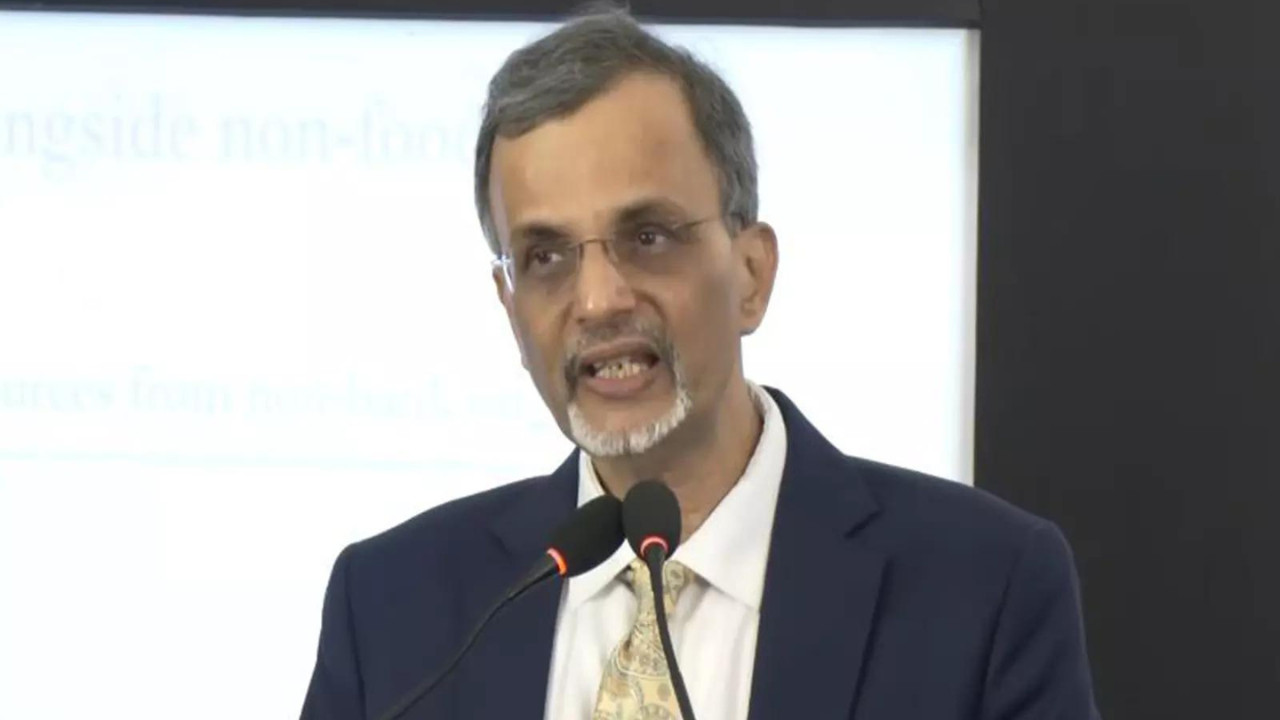Driving Down Costs: How Smarter Processes are Saving Billions on India’s Highways
Building roads is expensive, we all know that. But what if you could build the same roads, with the same quality, for significantly less money? That’s exactly what’s happening right now in India, thanks to some clever tweaks in how the National Highways Authority of India (NHAI) approaches bidding and project oversight. We’re not talking about a few loose rupees here and there; we’re talking billions. Over ₹2,000 crore (that’s over $240 million!) saved through strategic improvements – money that can now be channeled into even more infrastructure development or other critical public services.
So, how did they pull it off? It boils down to two key areas: a revamped bidding process and much tighter project monitoring. Let’s dig in.
Reinventing the Wheel: A More Efficient Bidding System
The old bidding system, while functional, had its drawbacks. One major issue was a lack of transparency, which could sometimes lead to inflated bids and less competition. The NHAI recognized this and decided to shake things up. A streamlined, more transparent process was implemented. This involved several key changes. First, clearer and more detailed project specifications were provided upfront. This ensured that all bidders were on the same page from the get-go, reducing ambiguity and minimizing the potential for later disputes and cost overruns.
Second, the evaluation process itself became more rigorous and data-driven. Instead of relying solely on the lowest price, the NHAI began incorporating factors like the bidder’s technical expertise, financial stability, and past performance. This helped to weed out less qualified contractors who might submit low bids but lack the capacity to deliver quality work on time. Think of it like buying a car – you wouldn’t necessarily choose the cheapest one if it had a reputation for breaking down, would you?

Finally, the NHAI has adopted digital tools to streamline the entire bidding process, making it faster, more efficient, and less prone to errors. Everything from document submission to bid evaluation is now handled electronically, reducing paperwork and improving transparency. This not only saves time and money but also makes the process more accessible to a wider range of bidders.
Keeping a Closer Watch: Enhanced Project Oversight
A well-designed road project is only as good as its execution. Recognizing this, the NHAI has also significantly strengthened its project oversight mechanisms. This involves real-time monitoring of project progress, using tools like drones and advanced data analytics to track key milestones and identify potential delays or problems early on.
Imagine a control room where engineers can zoom in on any section of a highway project, monitor construction progress in real time, and identify potential bottlenecks before they cause significant disruptions. That’s essentially what the NHAI is doing. This allows them to proactively address issues, prevent cost overruns, and ensure that projects are completed on time and within budget.
Furthermore, the NHAI is also placing a greater emphasis on quality control. Independent engineers are regularly brought in to assess the quality of construction and ensure that it meets the required standards. This helps to prevent shoddy workmanship and ensures that the roads are durable and safe for users. This level of scrutiny means better roads for everyone and fewer long-term maintenance headaches. Investing in superior oversight of highway construction leads to dividends down the road.
The Road Ahead: What Does This Mean for India?
The savings achieved by the NHAI through these streamlined processes are significant. This is not just about saving money; it’s about creating a more efficient and transparent system for infrastructure development. These resources can be reinvested into building more roads, improving existing infrastructure, and connecting more communities across the country. Improved infrastructure, in turn, fuels economic growth, creates jobs, and improves the quality of life for millions of Indians.
The NHAI’s success serves as a powerful example of how strategic improvements in processes and technology can lead to substantial cost savings and improved project outcomes. It’s a model that other government agencies and organizations could potentially emulate to enhance efficiency and transparency in their own operations. Check out this article about [sustainable road construction practices](internal-link-to-related-article) to learn more about related innovations.
Ultimately, this is a win-win situation for everyone. The NHAI saves money, contractors are held to higher standards, and the public benefits from better roads and improved infrastructure. And that’s a road we can all get behind. By continually refining its processes and embracing new technologies, the NHAI is paving the way for a more efficient, transparent, and sustainable future for India’s highway construction sector.







